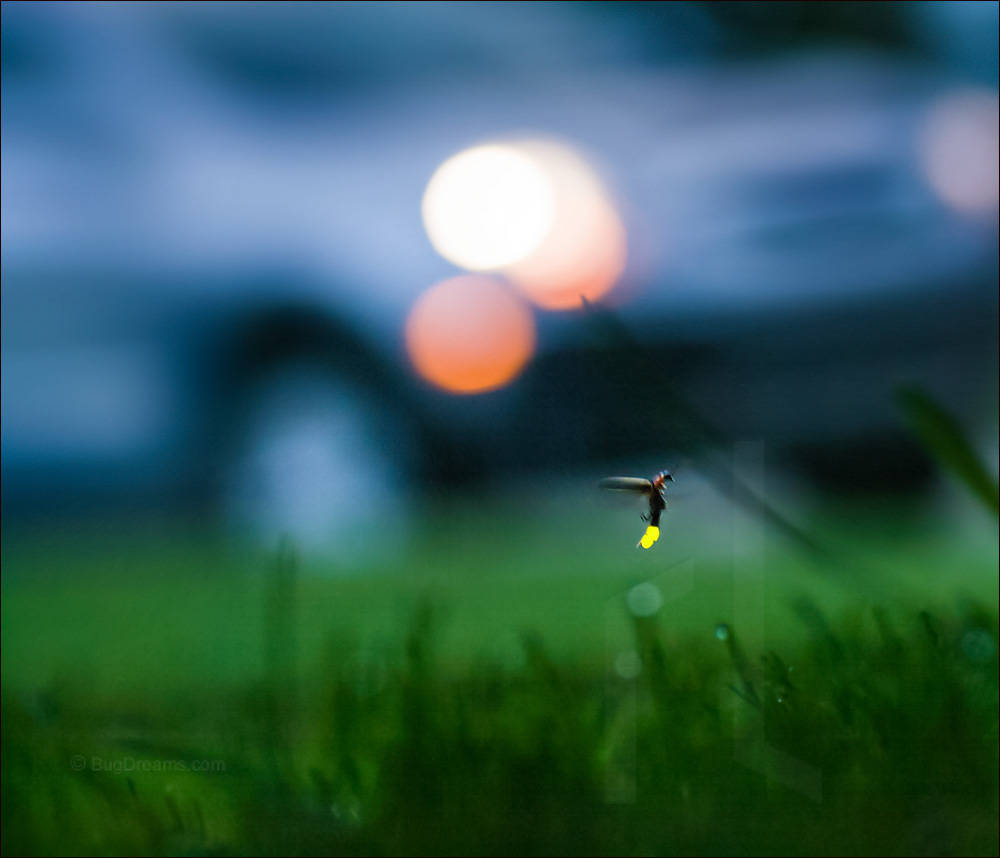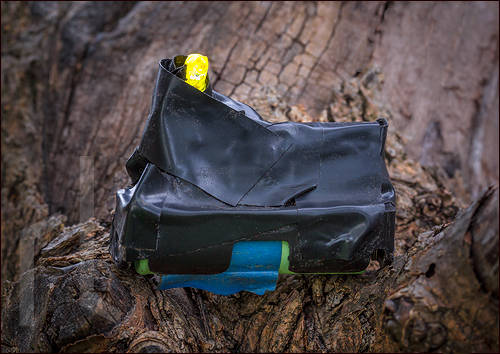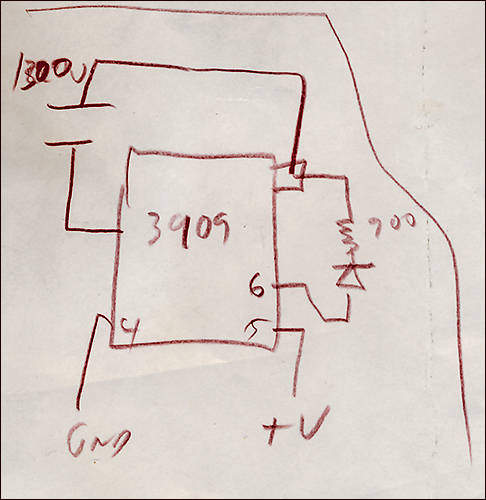An Interest In:
Web News this Week
- April 3, 2024
- April 2, 2024
- April 1, 2024
- March 31, 2024
- March 30, 2024
- March 29, 2024
- March 28, 2024
Do Robot Fireflies Dream of Electric Lights?

What could be more magical than the flickering glow of fireflies on a summer evening?

When I began my quest to capture that firefly magic, I wasnt sure itwas possible, and my first attempts to photograph lightning bugs werefailed, out of focus blurs. It took several years to make a reasonablygood image.
https://youtu.be/g6WT812Al8A
Not only was I photographing after sunset, with my best light sourceslowly disappearing, but I also never knew where the fireflieswould appear, so I had to be mobile, ready to move quickly.
How to light is my biggest concern, and a poorly lit firefly photo hasno magic. My best images use mostly available light. A firefly isreally just a small, black beetle, and they can easily disappearagainst the darkness or any background vegetation, so the only way wesee them in the dark is by their glow. The males are harder tophotograph up-close as they flash in flight while trying to attractfemales on the ground.

Ive seen great images by many photographers capturing fireflies from adistance, and the cumulative long exposure or time-lapse images arebeautiful. But I wanted to get as close as possible to individualfireflies, if possible while in flight. This is easier usingspeedlights, but the light is very unattractive and can overpower theglow of the firefly.
Usually each night I ran out of time, the encroaching darkness forcingme to give up, but I learned from my mistakes and improved eachevening. Firefly season where I live lasts from mid-June through theend of July, sometimes into August. At the beginning there are fewerfireflies and by the end youll find only lonely males, unsuccessfullylooking for love in their last days or hours, all the females havingfound their mates.
The most important tools are my camera support and any extra lighting Imight need. Ill get to my robots in a bit.
I've always believed it's better to make your own tools if possible,rather than buy them, so I scavenge from equipment I already have orbits and pieces of junk Ive collected.
I sometimes use small mirrors to help direct the light and I positionand support them using wooden sticks with a hinge and clamp at the top.It helps to make them light and not too bulky.

Much of the time I use a ground-level tripod, but many of my bestimages were made with a homemade spike that I attach to my camera andcan push into the ground wherever I need to be. I took the spike endfrom an old, decorative axe and epoxied it to a 3/8 tripod mountscrew, which attaches to the ball-head. This has a smaller footprintthan a tripod, and is easy to move quickly. The wooden base and threebolts you see in the image arent really needed, but make it a littlemore stable.

The biggest hurdle is overcoming the disappearing daylight. I usuallyhave only about fifteen minutes before the skylight is gone and I haveto rely exclusively on artificial light. The easiest solution is to useflash, but I don't like the harsh look and in this case light from theflash would overwhelm the glow of fireflies, so most of my lightingcomes either from the sky or reflectors I build to help direct theskylight or possibly street or porch lights nearby. I sometimes usesmall flashlights with diffusers, which give just enough light toilluminate the deep shadows.
Now about those robots. It took me a few years to come up with theidea, and its a stretch to call what Ive made a robot. In essenceits a colored LED attached to a timing circuit to mimic the flash of afemale firefly, camouflaged just enough to hopefully fool a few males.Each firefly species has its own flash pattern and color, and mine istuned to Photinus pyralis, the big-dipper firefly, the lightning bugmost commonly associated with Midwestern summers.
I didnt have the expertise to design the circuit, so I turned to myfriend, the brilliant Guy Wicker, for help. I used an LED scavengedfrom a broken flashlight, a 3909N LED Flasher IC, a capacitor, aresistor, and a battery, the fewest number of components to produce asmall flash that can sometimes fool a male firefly to investigate itcloser, and as physically small as possible. The white LED is coatedwith yellow-orange acrylic paint to match the color of the big-dippersglow.
For one of the circuits we attached an on/off switch, but its just aseasy to turn it off by removing the battery. Three AA batteries workfine, or you can use a 4volt Lithium battery to cut down the size ofthe finished circuit. Exquisitely unattractive, I think, but it getsthe job done.

Heres the simple circuit diagram Guy drew, and constructing it took abit of trial and error.
 <
<
Everything is wrapped in black electrical tape, to hold it together andmake it almost invisible in the near-dark. The parts were only a fewdollars each, or else scavenged from leftover electronics. The circuitcan certainly be improved, the whole package made more attractive, andthe timing more flexible. If you make your own, please post theresults! The world can always use more amorous robot fireflies.
Rick Lieder is a photographer and artist. His 2016 book Among a Thousand Fireflies uses his backyard firefly photos to illustrate a beautiful poem by Helen Frost. You can learn more about it on his site. The PBS Nova documentary Creatures of Light features his robot fireflies.
Original Link: http://feeds.boingboing.net/~r/boingboing/iBag/~3/r_aO13xzXnc/do-robot-fireflies-dream-of-el.html


